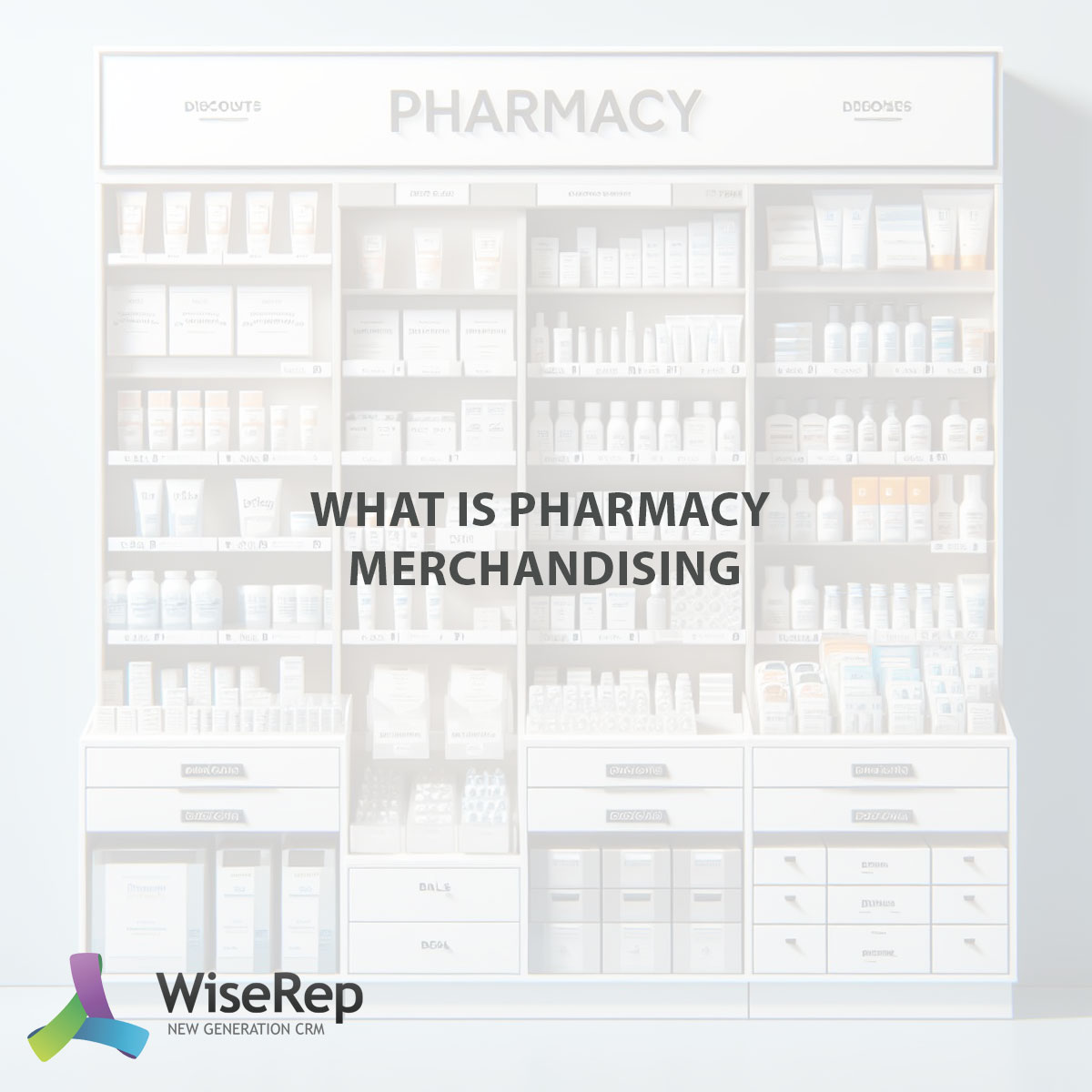Pharmacy merchandising is the art of effectively managing points of purchase on the sales floor. This applies to bthe organization of the retail space of the pharmacy as a whole, including zoning and modeling the flow of customers, as well as the thoughtful display of the pharmacy assortment on retail equipment.
Pharmacy merchandising has a number of features related to the specifics of the product, sales floor and customer behavior. Merchandising is applicable only to over-the-counter drugs, general medical supplies and other related products. In addition, if the sales area is limited, it is not possible to use a lot of advertising materials. For pharmacy merchandising it is important to create the right attractive display in order to attract the attention of customers and adhere to all pharmaceutical standards.
The main task of merchandising in a pharmacy is to increase sales. Additional tasks of merchandising are to improve the company’s image, simplify the process of choosing and purchasing drugs, and attract new customers. Pharmacy merchandising helps not only the seller, but also the buyer. It allows a visitor to quickly find the necessary products among a huge assortment, navigate the choice of a specific brand and obtain information about new products.
For effective pharmacy merchandising the following factors must be taken into account:
- Customer needs and preferences. It is necessary to study demand, seasonality, competition, pricing policy, sales and promotions, as well as customer reviews and complaints. Based on this data, you can formulate the optimal assortment, pricing strategies, advertising campaigns and other measures to promote goods.
- Product features. It is necessary to take into account the characteristics, properties, indications and contraindications, expiration dates, storage and transportation conditions, as well as the visual image of the product. Based on this data, you can determine the rules for placement, display, labeling, packaging and display of goods.
- Features of the trading floor. It is necessary to take into account the area, layout, lighting, colors, design, equipment, furniture and other elements of the retail space. Based on this data, it is possible to determine zoning, modeling the flow of customers, the location of retail equipment, decoration and design of the sales area.
Merchandising includes the following types of product display:
- Vertical layout. This is a display of goods in one vertical row for one brand or group of goods. This type of display allows the buyer to easily see and compare different product options, and also saves space on the shelf.
- Horizontal layout. This is a display of goods in one horizontal row for one brand or group of goods. This type of display allows the buyer to easily see and select the desired product, and also creates the impression of a large number of products on the shelf.
- Blocks display. This is a display of goods in the form of blocks for one brand or group of goods. This type of display allows the buyer to easily identify and remember the product, and also emphasizes the image and advantages of the brand.
- Mixed display. This is a combination of different types of display depending on the characteristics and properties of the goods. This type of display allows the buyer to get maximum information about the product, and also creates variety and dynamics on the shelf.
Merchandising in a pharmacy is a modern and effective way to increase sales, improve image and satisfy customer needs.
